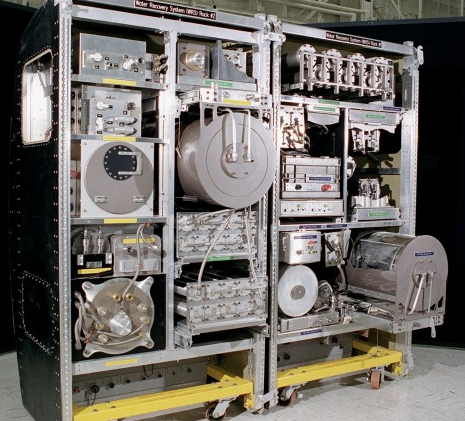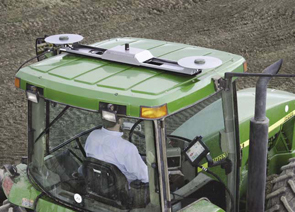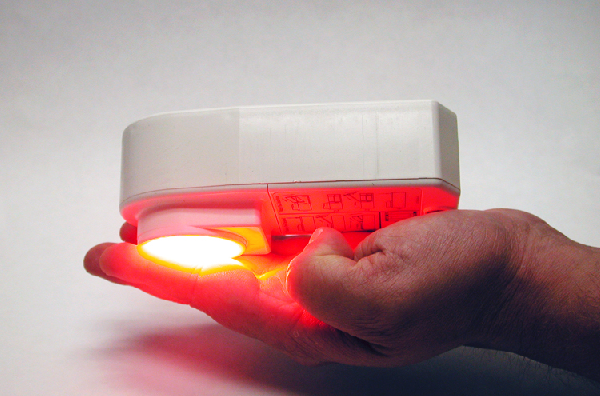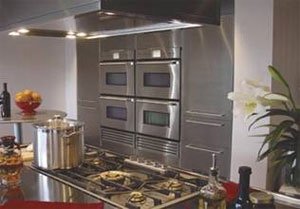While the hundreds of original NASA spinoffs are nothing short of astounding, the newer top technologies featured in NASA's annual publication, Spinoff , are completely mind-blowing. From making everyday life more comfortable to saving lives during emergencies, it appears that NASA's technologies originally designed for space are just as useful down on Earth.
Water filtration systems
Respiration, sweat and urine aren't the most refreshing fluids, but once cleaned up and turned into drinkable water, you wouldn't know the difference. The idea of a water filtration system to provide safe, drinkable water throughout the world was sparked by the engineers at Marshall Space Flight Center who were creating the Regenerative Environmental Control and Life Support System to sustain astronauts living aboard the International Space Station. The complex system makes use of the available resources by turning wastewater into drinkable water, and now water filtration systems are in use in homes and offices around the world, including NASA's Sustainability Base, the greenest building in the federal government.

NASA's water filtration system turns wastewater into drinkable water. Image courtesy of NASA.
Remote-controlled tractors
These days, remote-controlled tractors can be found around the world working for hours in the fields. The tractors, with their own built-in steering systems, have the ability to run unmanned for extended periods of time, resulting in increased crops, reduced chemical use and less wasted water. As the result of work done at the Jet Propulsion Laboratory by scientists working to design an ultra-precise GPS for use on a satellite probe sent into orbit, the tractors are built with a margin of error of one centimeter.

Pictured above are GPS system antennas roof-mounted on a farming tractor and the touchscreen controls for the GPS installed in the cockpit. Image courtesy of NASA.
LED chips for pain relief
Small light-emitting diode (LED) chips used to grow plants on the International Space Station are now being used to relieve pain and heal wounds. Developed by Small Business Innovation Research (SBIR) with support from Marshall Space Flight Center, the LED chips lit their way into the non-invasive, portable WARP-10, a medical device intended for temporary relief or minor muscle and joint pain, arthritis, stiffness, and muscle spasms. WARP-10 was originally created to provide armed forces with immediate care for minor injuries and pain, but now a consumer version is available from Quantum Devices, Inc. The hand-held lighting system emits energy in the near-infrared spectrum, which provides temporary minor muscle and joint pain relief, promoting relaxation of muscle tissue and increasing blood circulation where applied.

WARP-10 provides immediate pain relief. Image courtesy of Tech News Daily.
Parachutes for small airplanes
Flying through the sky in an airplane equipped with a parachute that can deploy in less than a second is settling. Thanks to developers at Small Business Innovation Research (SBIR) with assistance from Langley Research Center, low-cost, lightweight parachutes have been used to lower small airplanes safely to the ground in emergency situations. Right now, the most advanced parachute can accomodate nearly 4,000 pounds. According to the company’s website, the miraculous 'chutes have saved many lives.

This lightweight parachute can deploy in less than a second. Image courtesy of NASA.
Intelligent ovens
Imagine getting a head start cooking dinner as you're on your way home from work? A remote command and control system designed by Glenn Research Center engineers to help NASA run experiments on the International Space Station is the technology behind an intelligent oven that can be programmed to start cooking before you get home via mobile device or Internet connection. The stainless-steel oven, ConnectIo comes with combined cooling and heating capabilities convenient for today's on-the-go lifestyles.

Start dinner before you get home with ConnectIo, the intelligent oven. Image courtesy of NASA.
Mind-blown? There's more! Download the research paper below to learn about the top 20 NASA spinoff technologies.
Advertisement
Learn more about Electronic Products MagazineNasa





